Bay leaves come from the bay tree (Laurus nobilis) and are used as a herb to add subtle flavor to a variety of dishes. They are aromatic and impart a complex, slightly floral and herbal taste. Here’s more about bay leaves:
Characteristics:
- Appearance:
- Fresh Leaves: Green and flexible.
- Dried Leaves: Brown and brittle, with a more concentrated flavor.
- Flavor: Subtle, earthy, and slightly floral with a hint of bitterness.
- Aroma: Fragrant and herbaceous, with a slightly spicy and balsamic note.
Culinary Uses:
- Soups and Stews: Added to broths, stews, and soups to enhance depth of flavor. Typically removed before serving.
- Rice and Grain Dishes: Used to infuse flavor into rice, pilafs, and other grain dishes.
- Sauces and Braises: Added to sauces, marinades, and braised dishes.
- Pickling: Included in pickling spice blends for added flavor.
Nutritional Benefits:
- Vitamins and Minerals: Contains vitamins A, C, and B-complex, as well as minerals like calcium, magnesium, and potassium.
- Antioxidants: Rich in antioxidants that help combat oxidative stress.
- Digestive Health: May aid digestion and help with bloating and gas.
Medicinal Uses:
Bay leaves have been used in traditional medicine for various health benefits:
- Digestive Aid: Traditionally used to improve digestion and reduce symptoms like indigestion and bloating.
- Anti-Inflammatory: Contains compounds that have anti-inflammatory properties.
- Respiratory Health: Used in remedies to alleviate respiratory issues such as coughs and colds.
- Antimicrobial: Has antimicrobial properties that can help fight infections.
Forms of Bay Leaves:
- Whole Leaves: Commonly used in cooking; typically removed before eating.
- Crushed or Ground Bay Leaves: Used in spice blends and seasoning.
Storage:
- Dried Leaves: Store in an airtight container in a cool, dark place. They can last up to a year, but their flavor diminishes over time.
- Fresh Leaves: Can be stored in the refrigerator for a week or two. They can also be dried for longer storage.
Popular Dishes:
- European Cuisine:
- Bouillabaisse: A traditional French fish stew that often includes bay leaves.
- Beef Bourguignon: Bay leaves are used in the braising liquid for this classic French dish.
- Mediterranean Cuisine:
- Dolmas: Grape leaves stuffed with rice and spices often include bay leaves in the cooking liquid.
- Greek Moussaka: Bay leaves are used in the meat sauce for added flavor.
- American Cuisine:
- Chicken Soup: Bay leaves are often added to the broth to enhance flavor.
- Beef Stew: Commonly used to deepen the flavor of the stew.
Usage Tips:
- Adding to Dishes: Add whole bay leaves at the beginning of cooking to infuse their flavor. Remove the leaves before serving, as they are not meant to be eaten.
- Crushing Leaves: Crushing bay leaves before adding to dishes can help release more flavor.


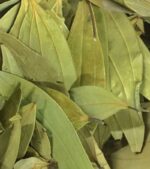

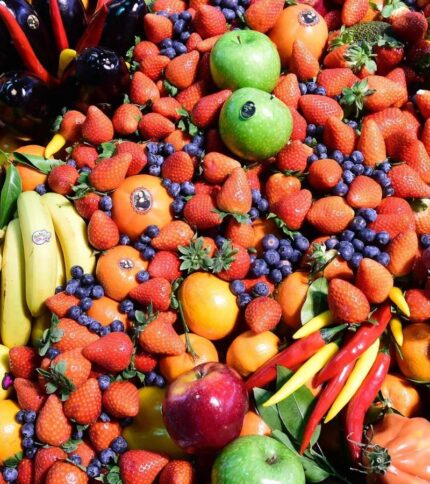


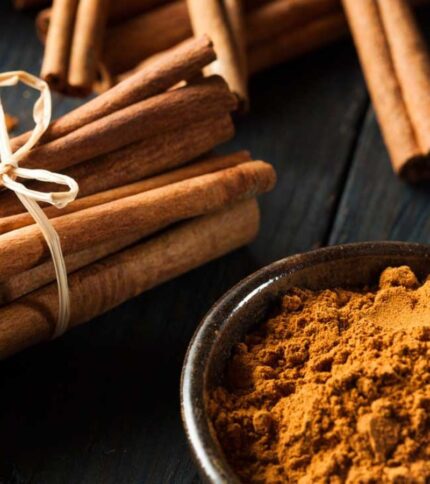
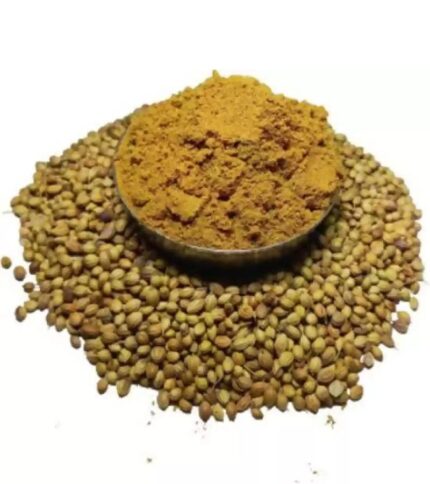


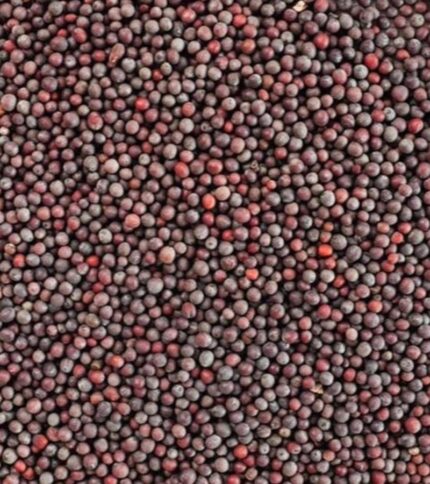
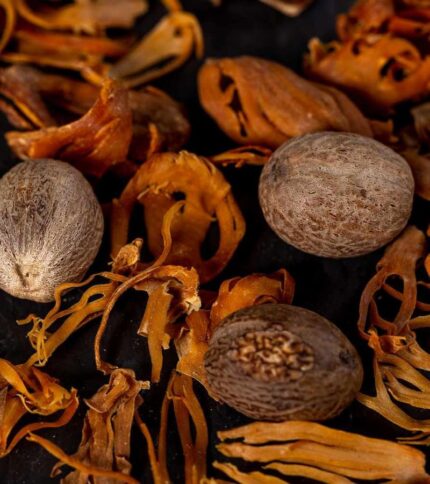
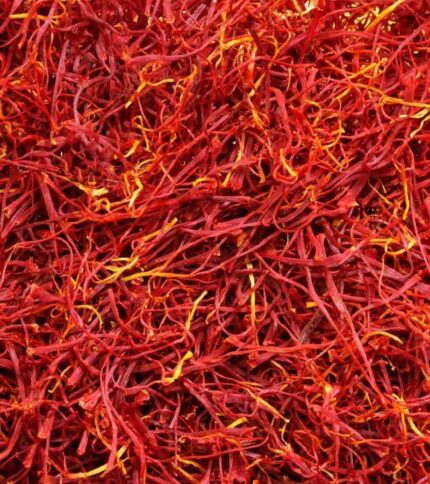
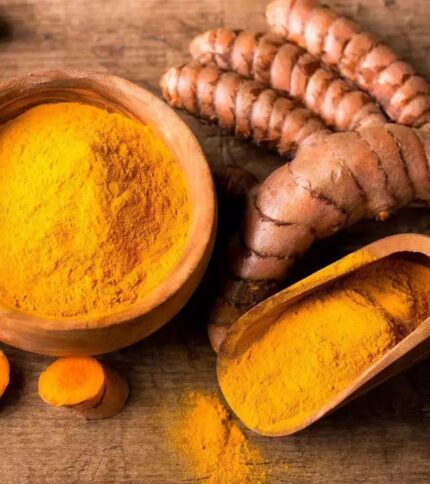
Reviews
There are no reviews yet.